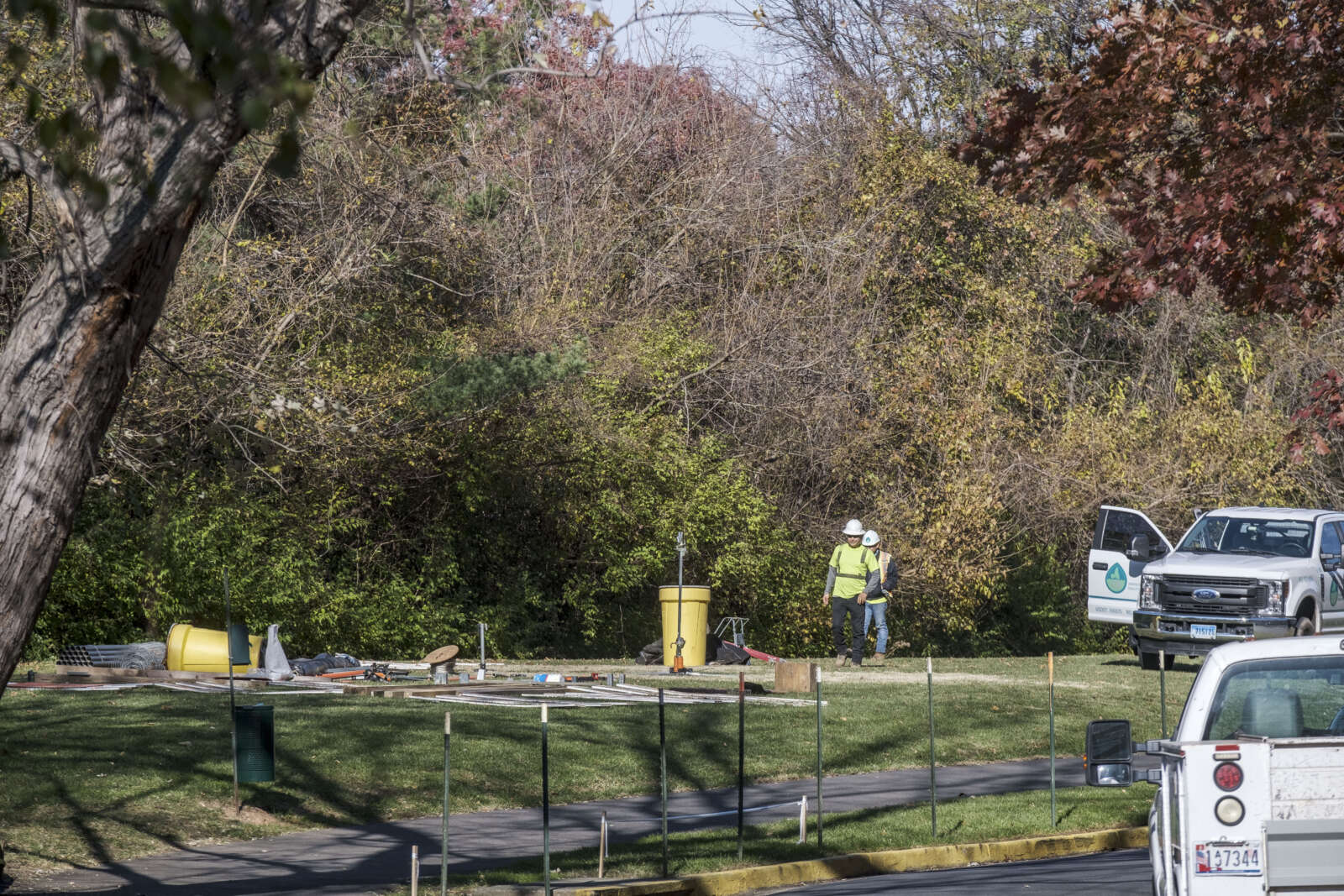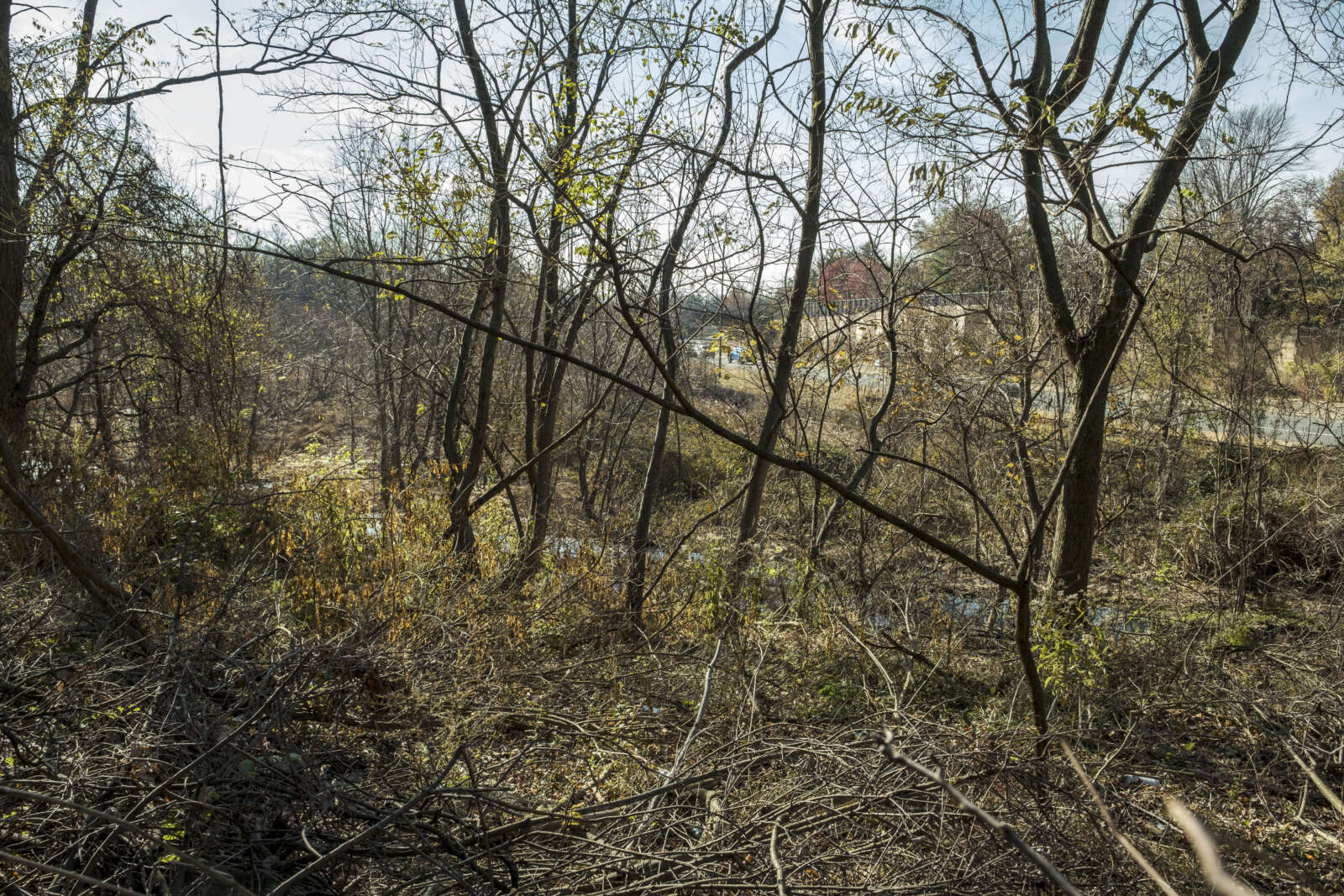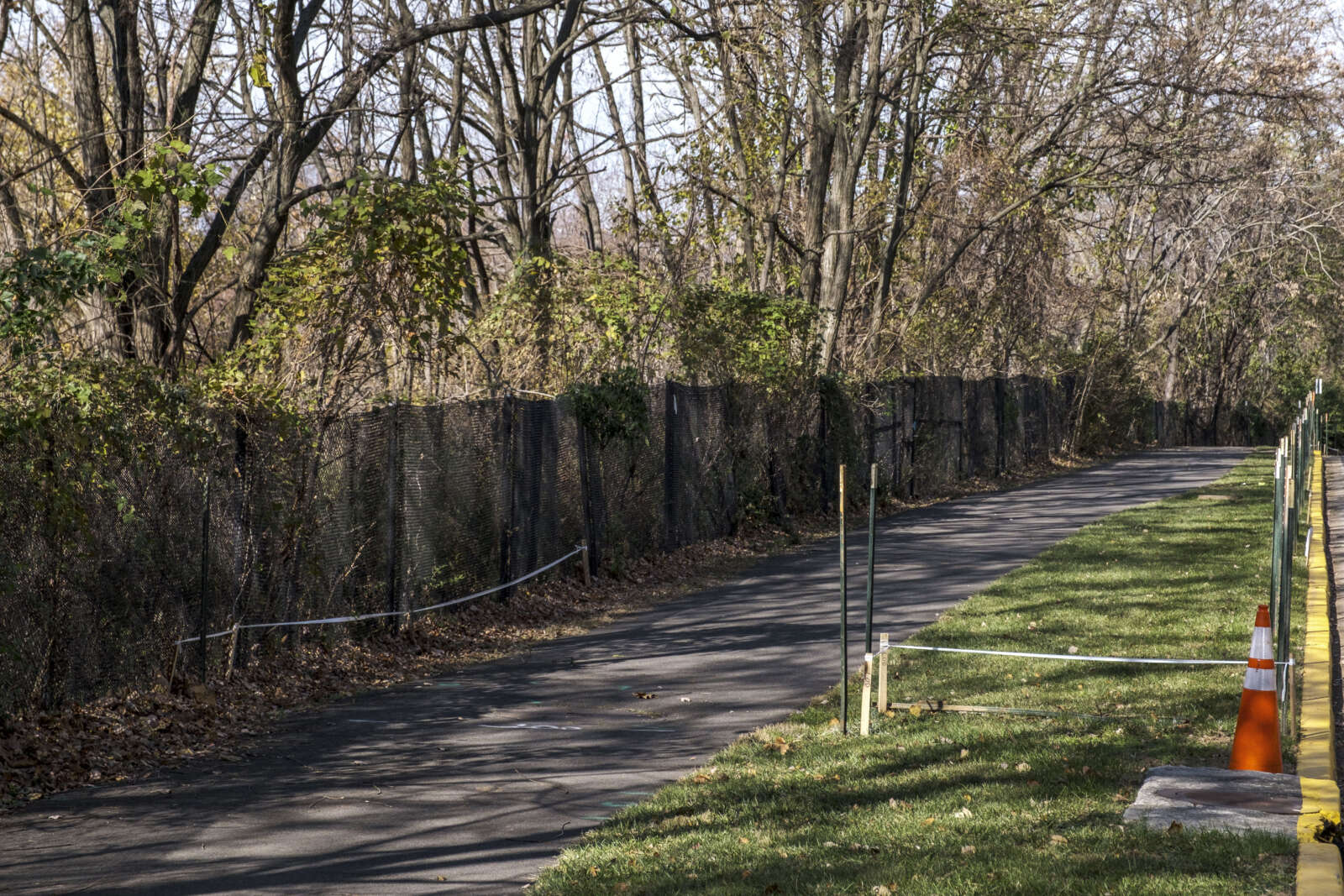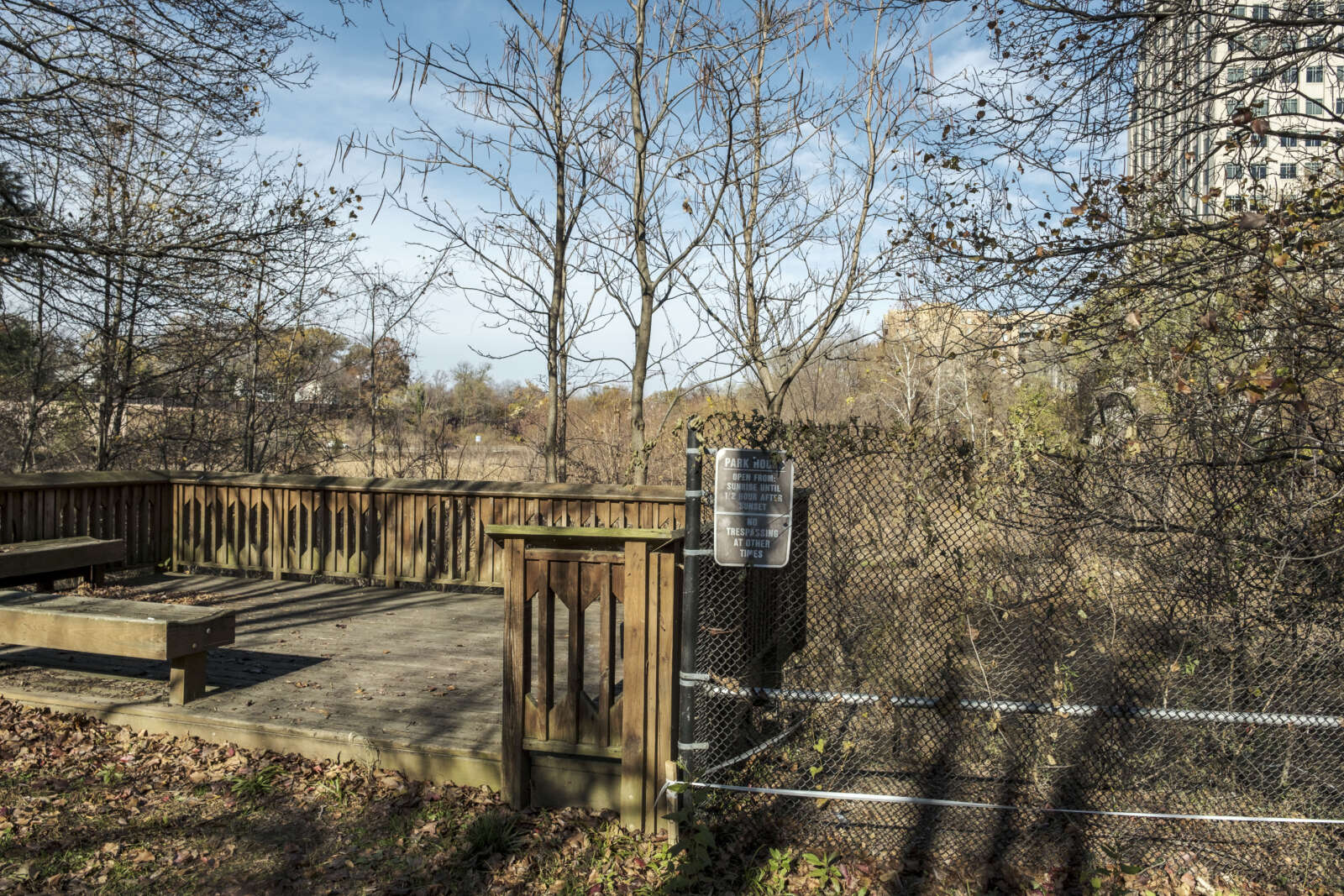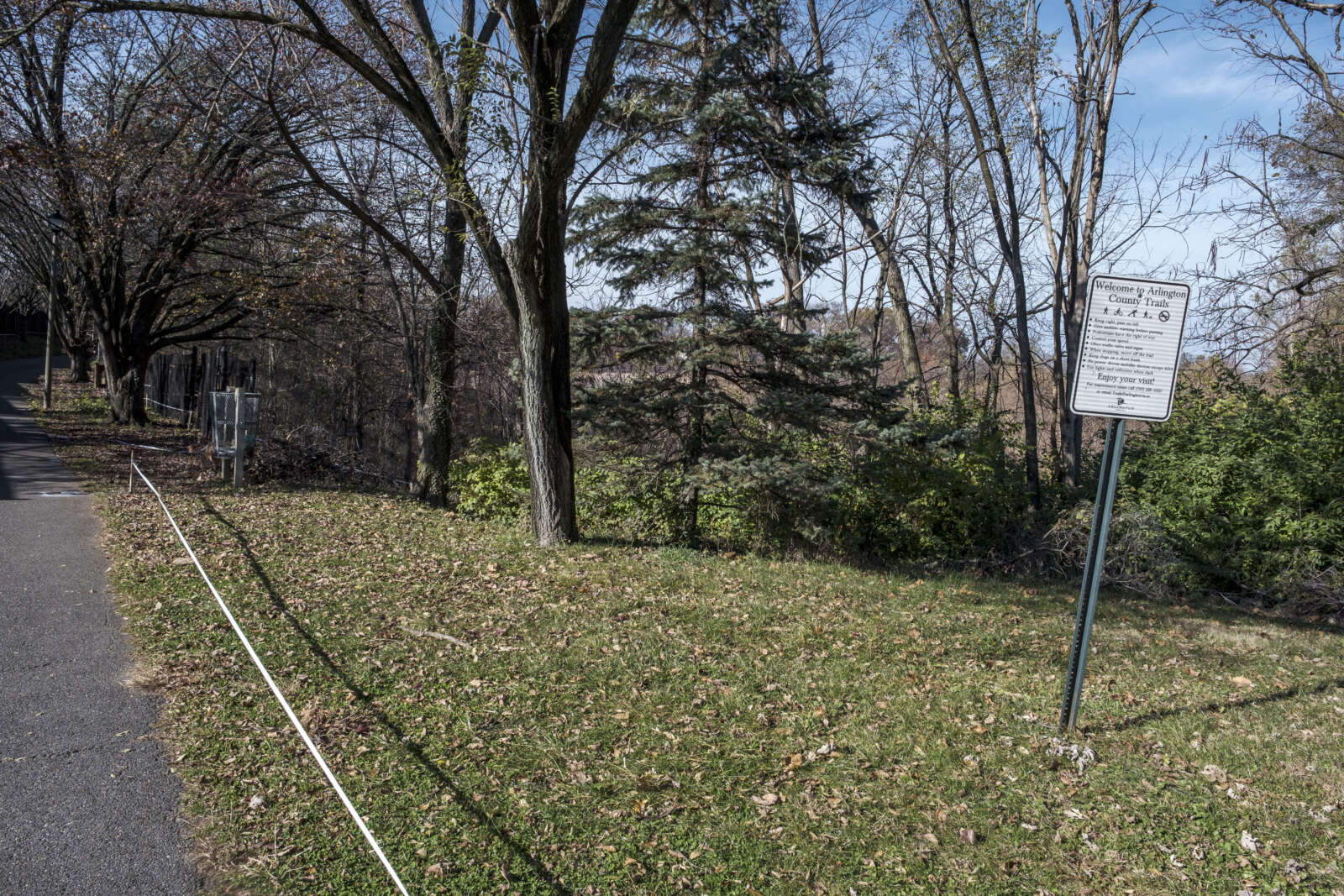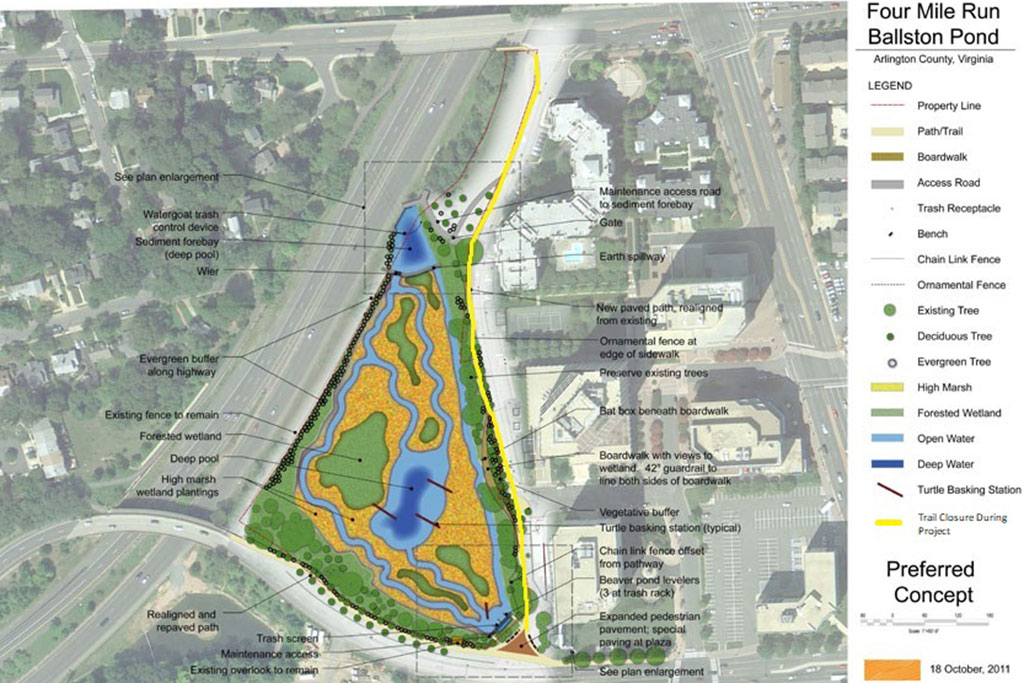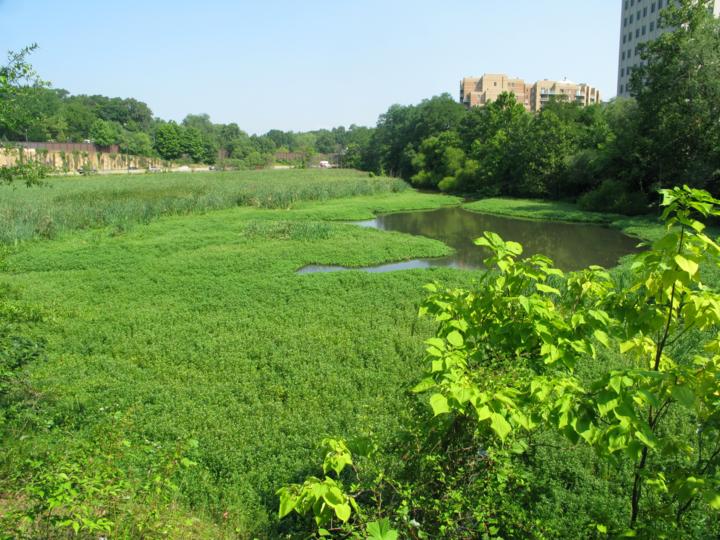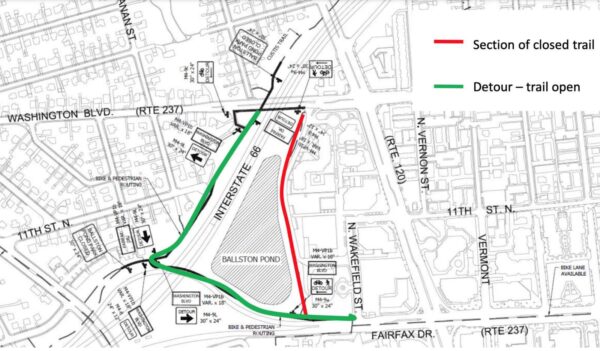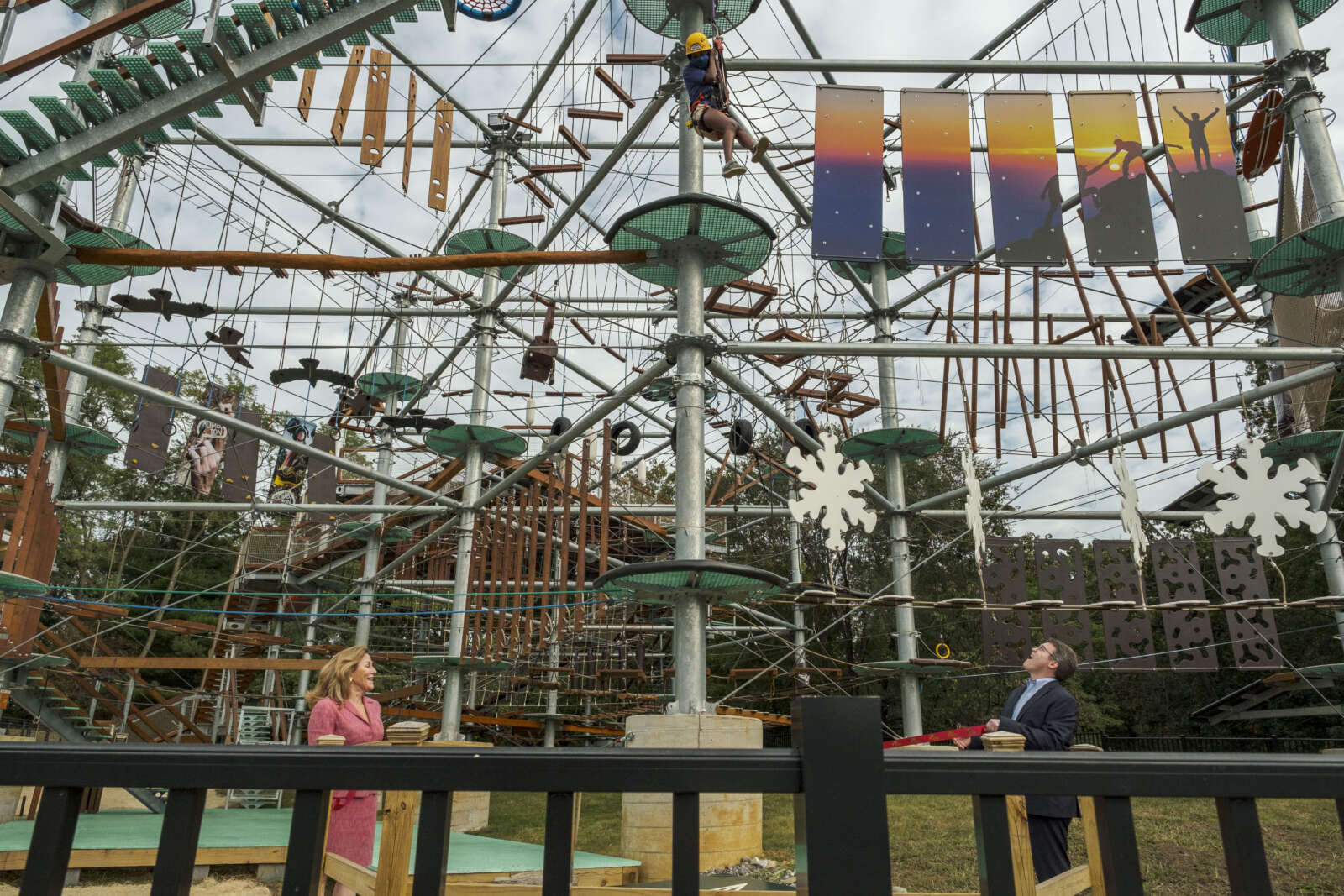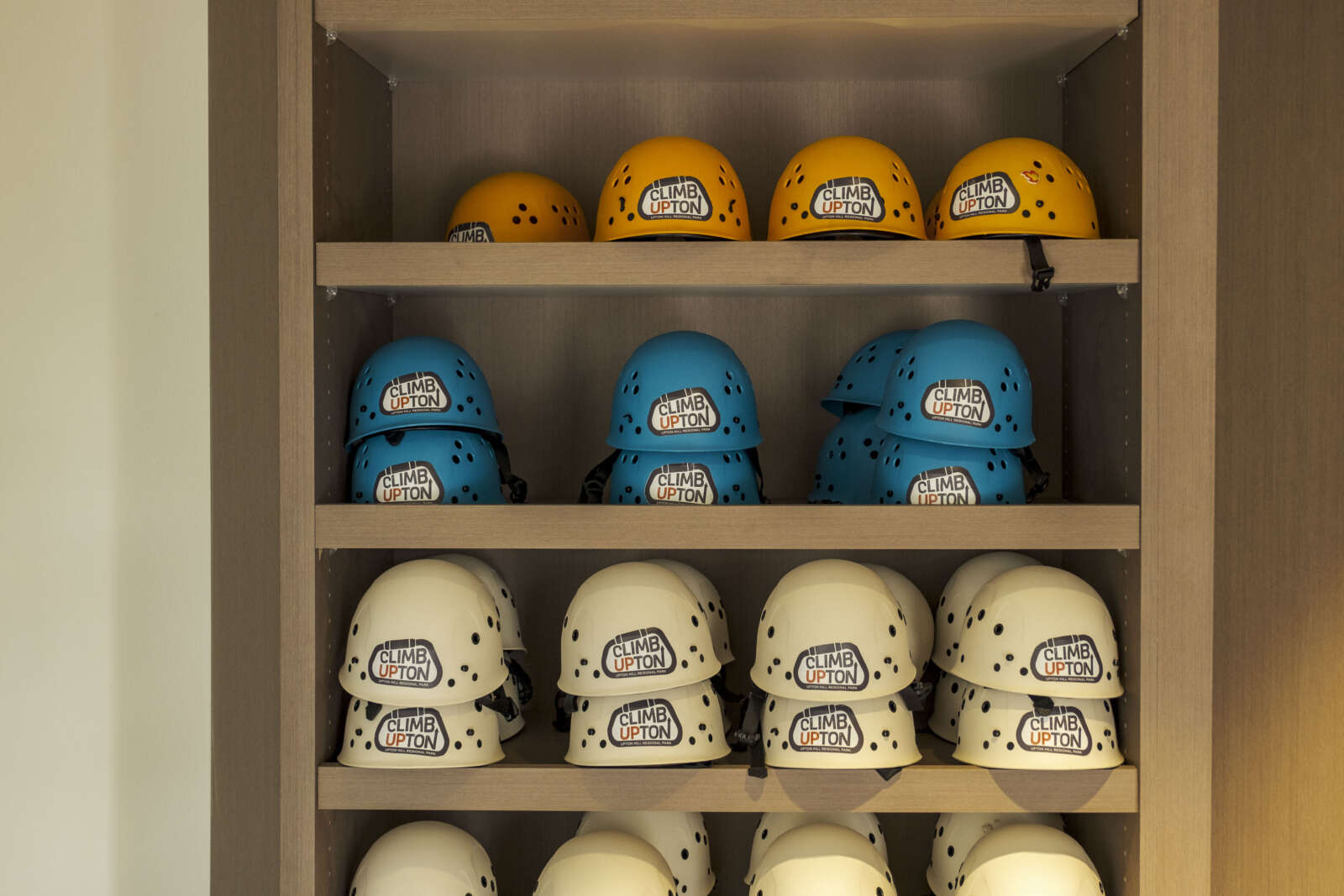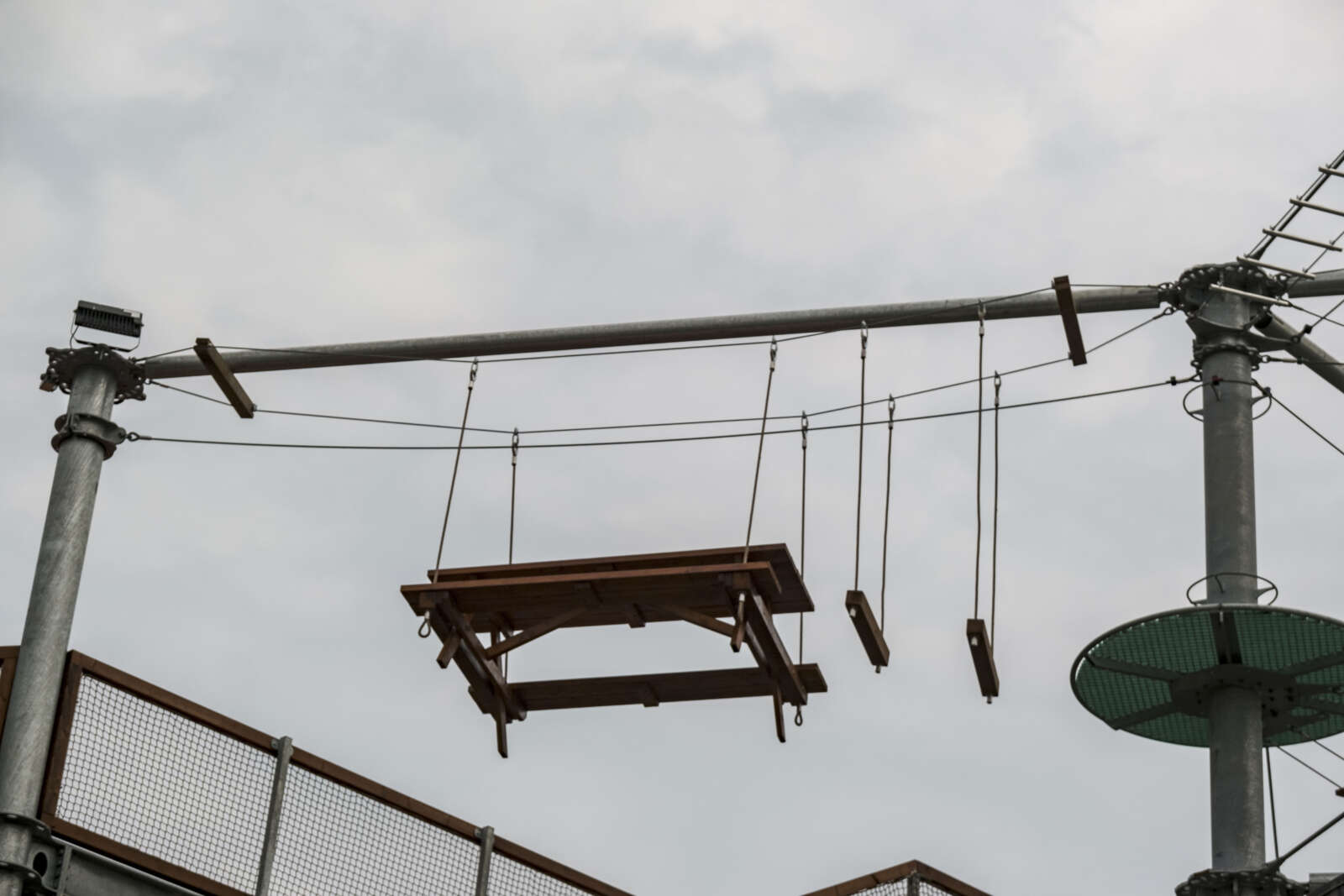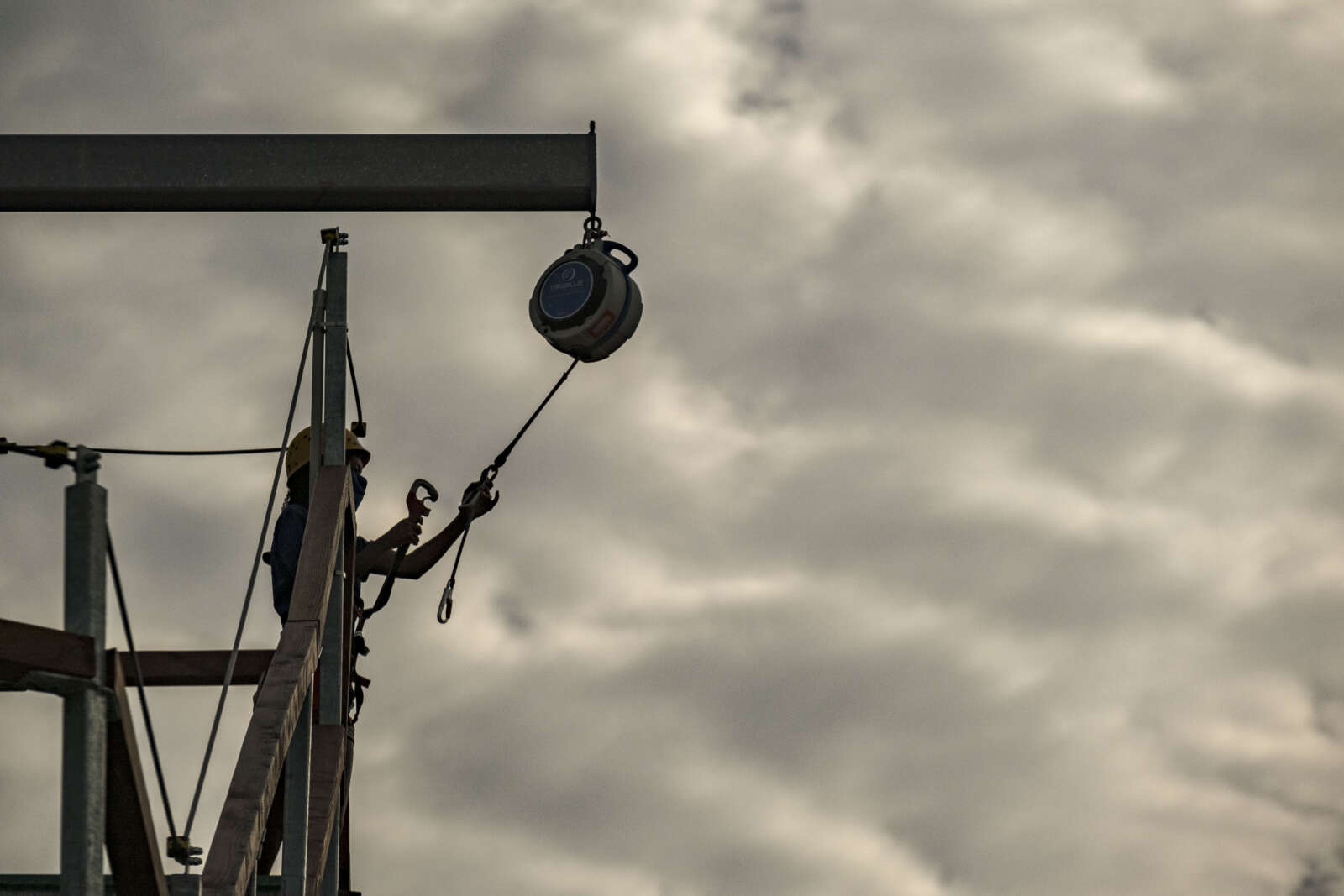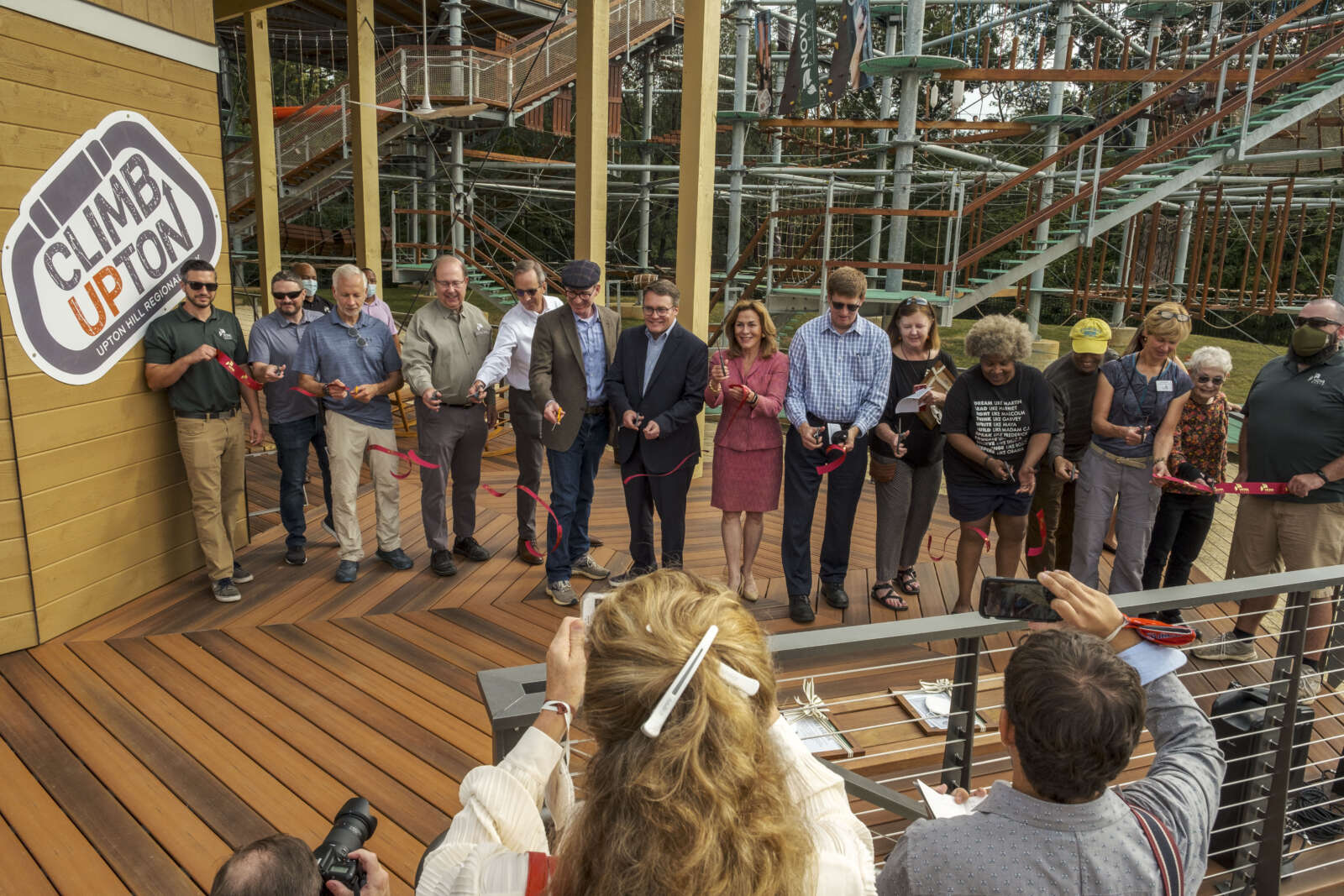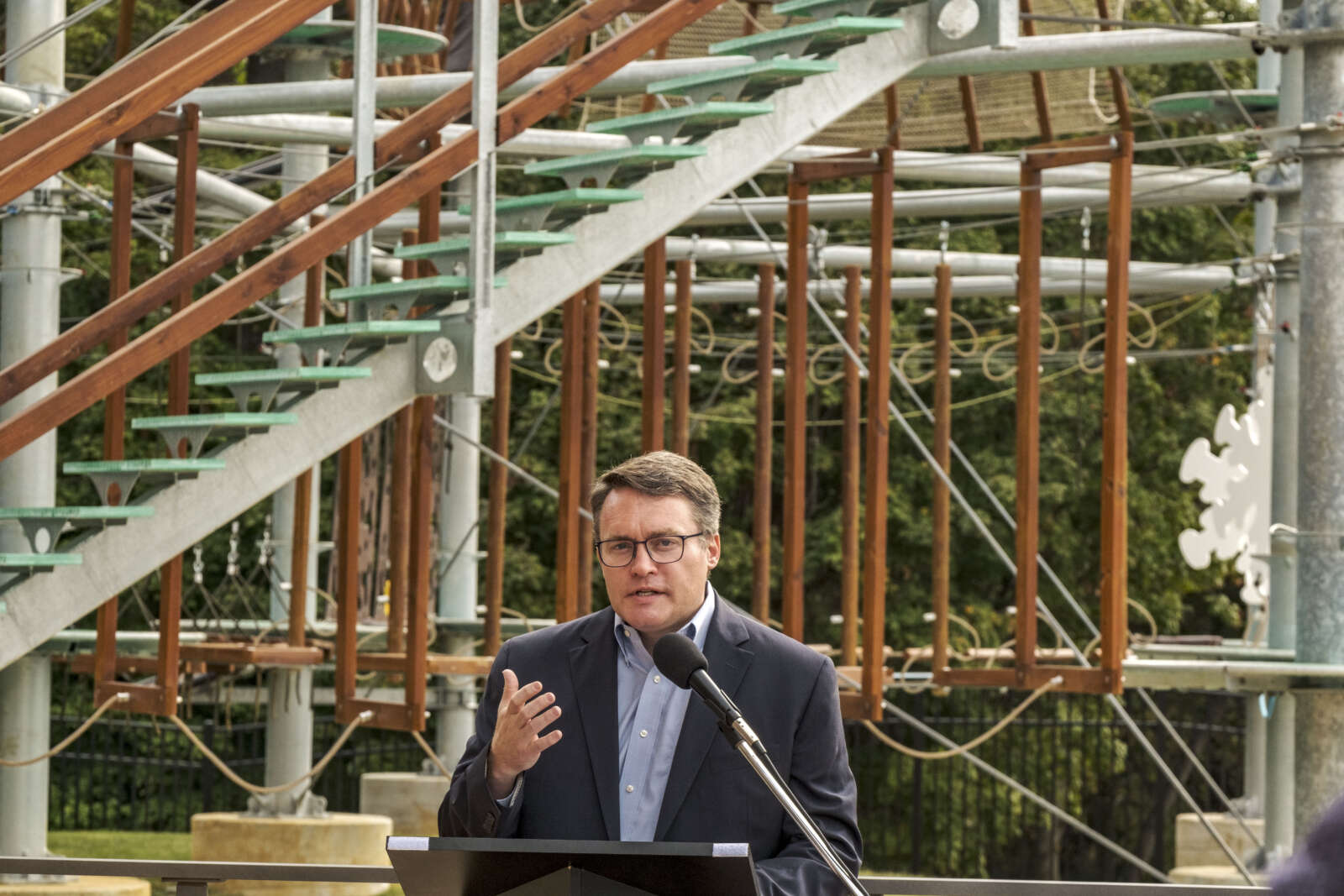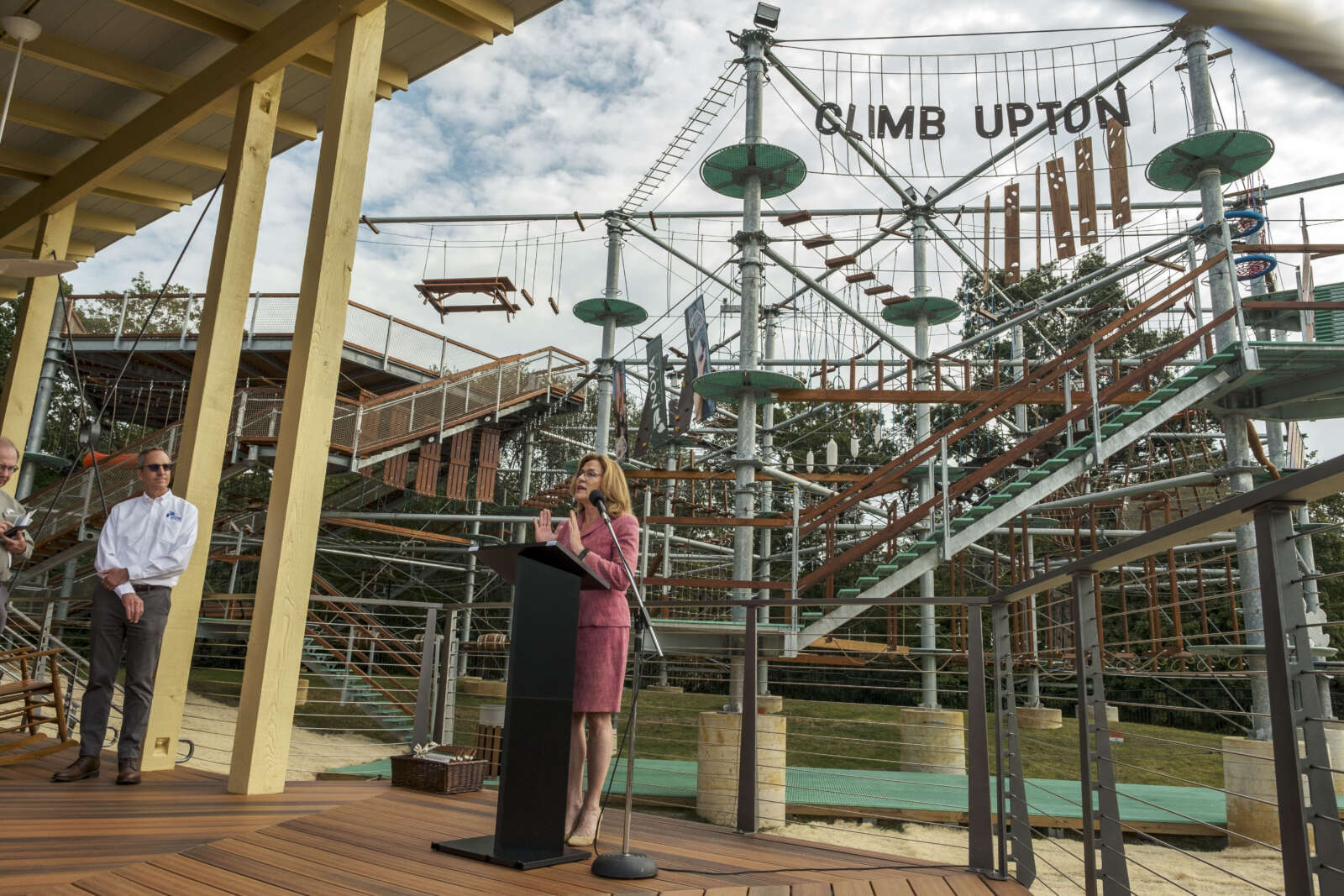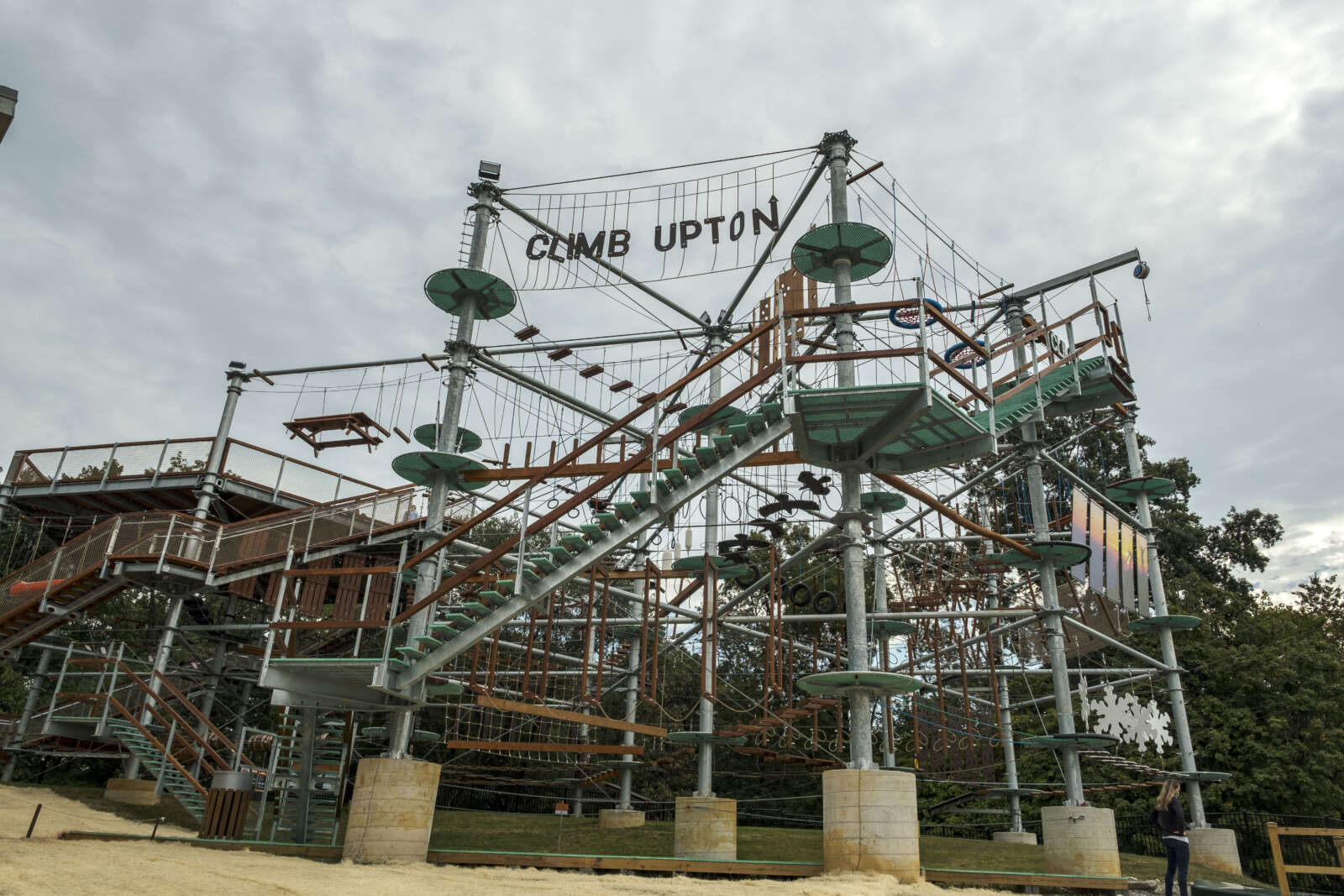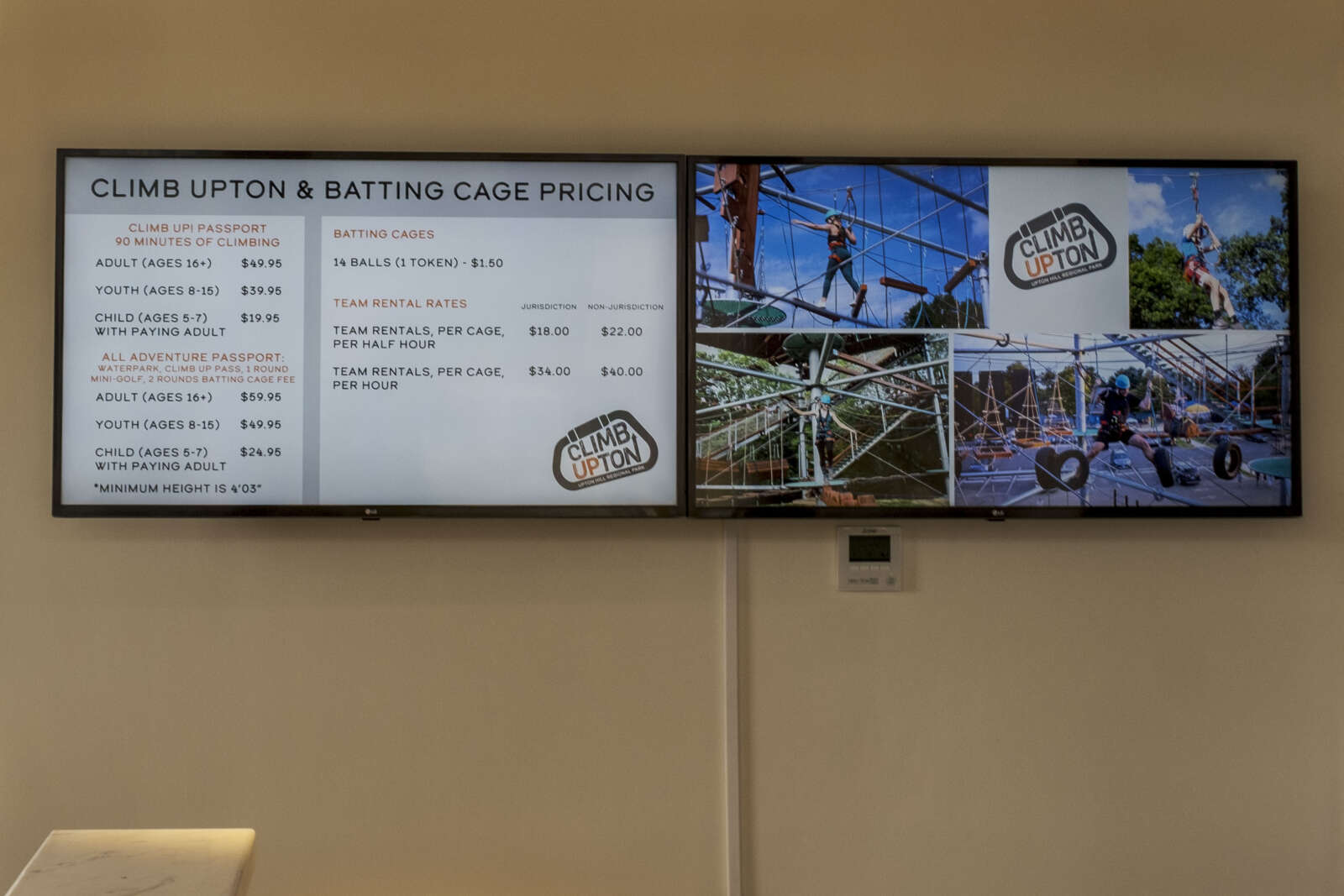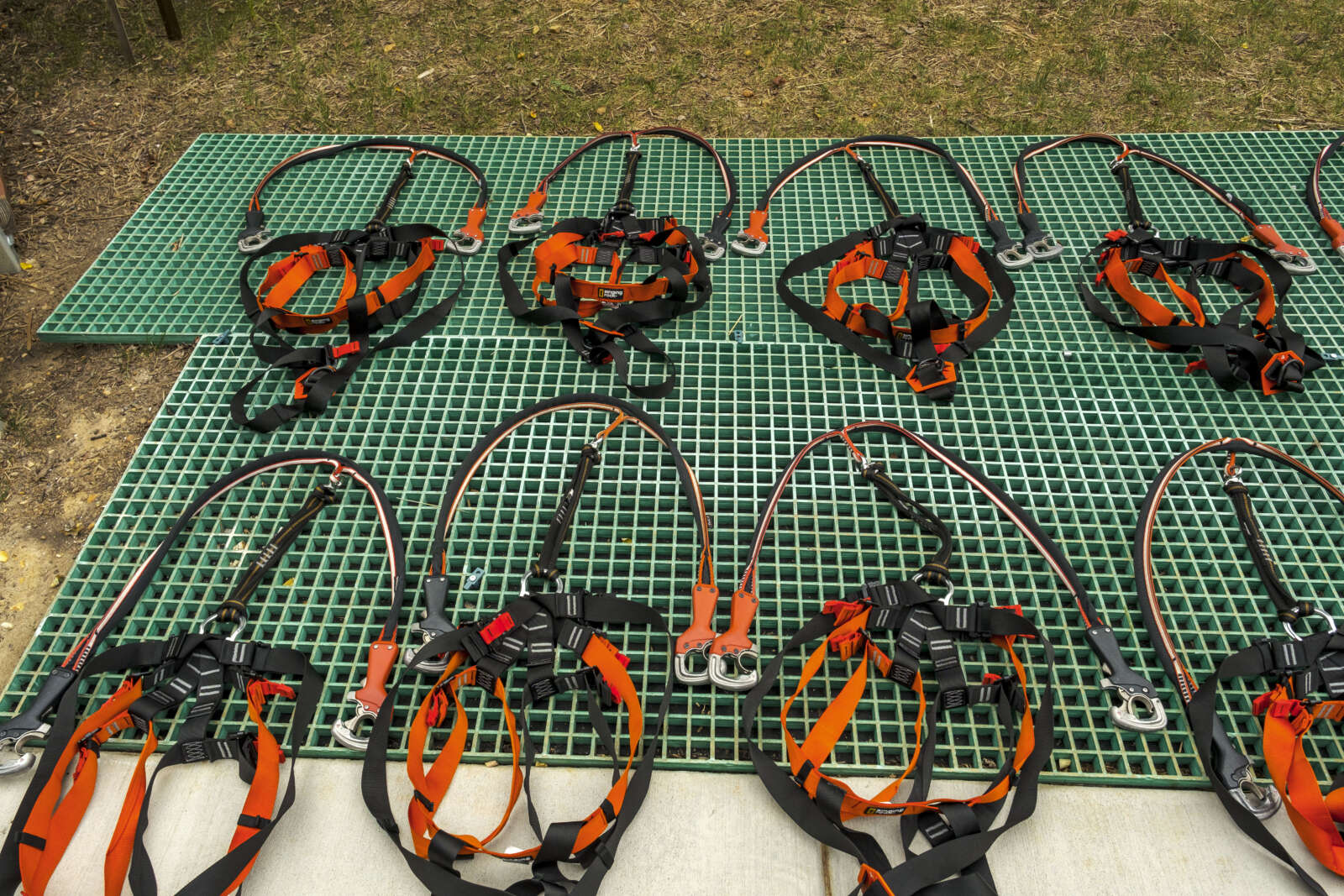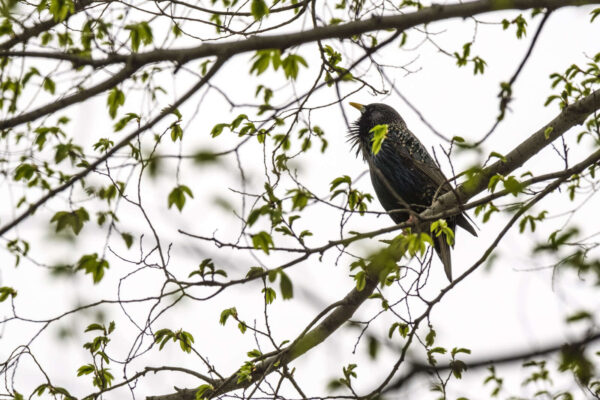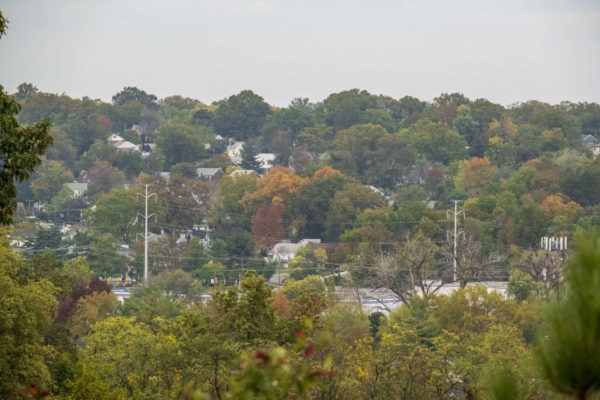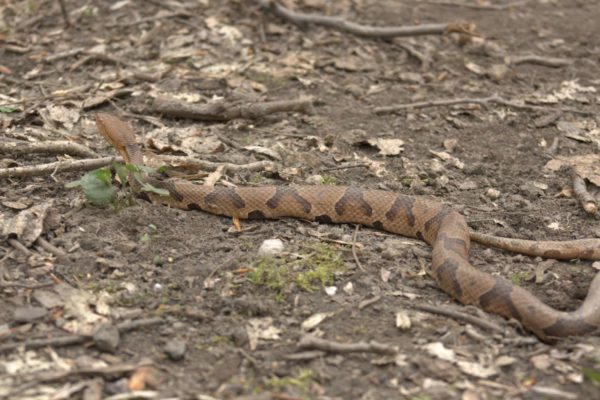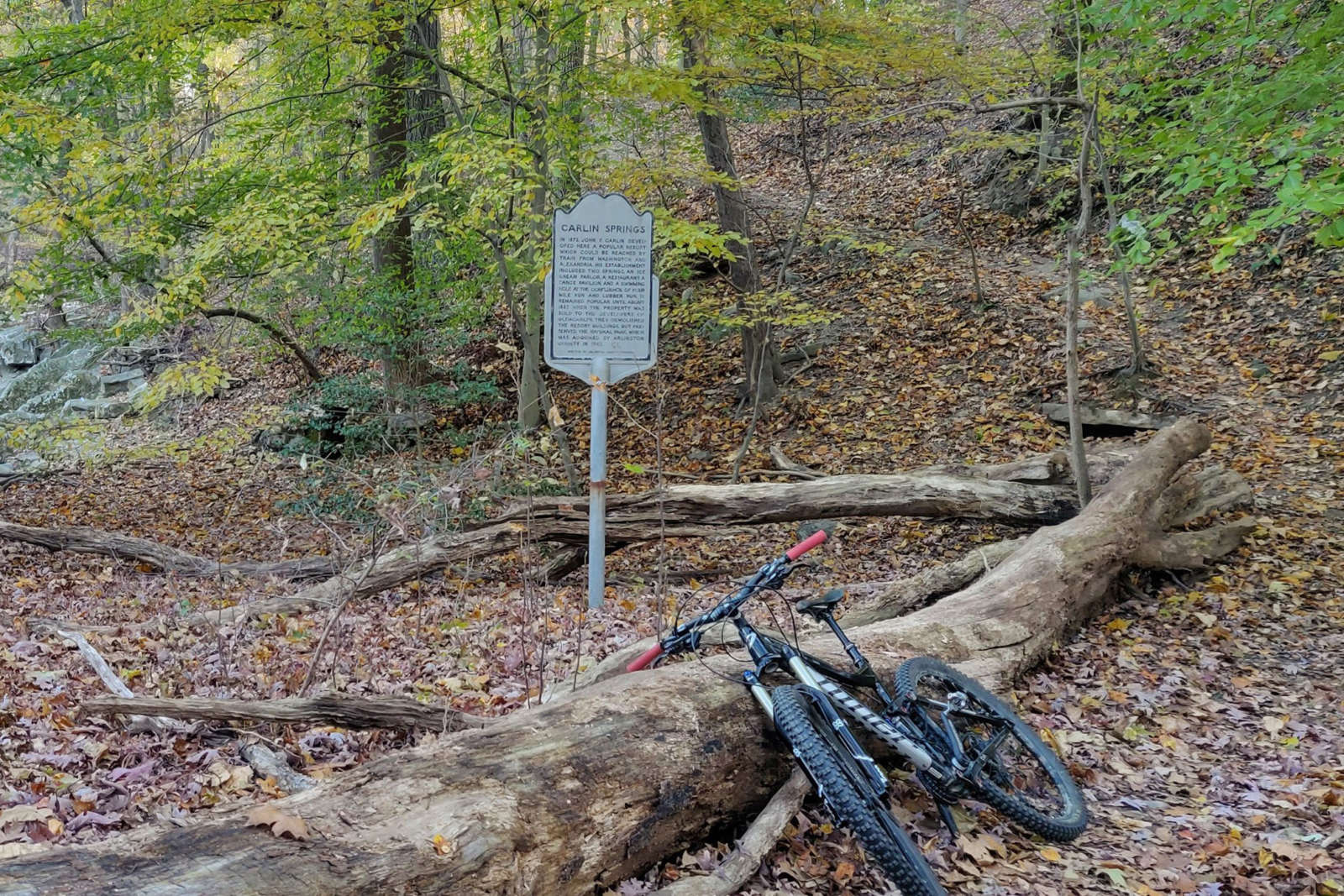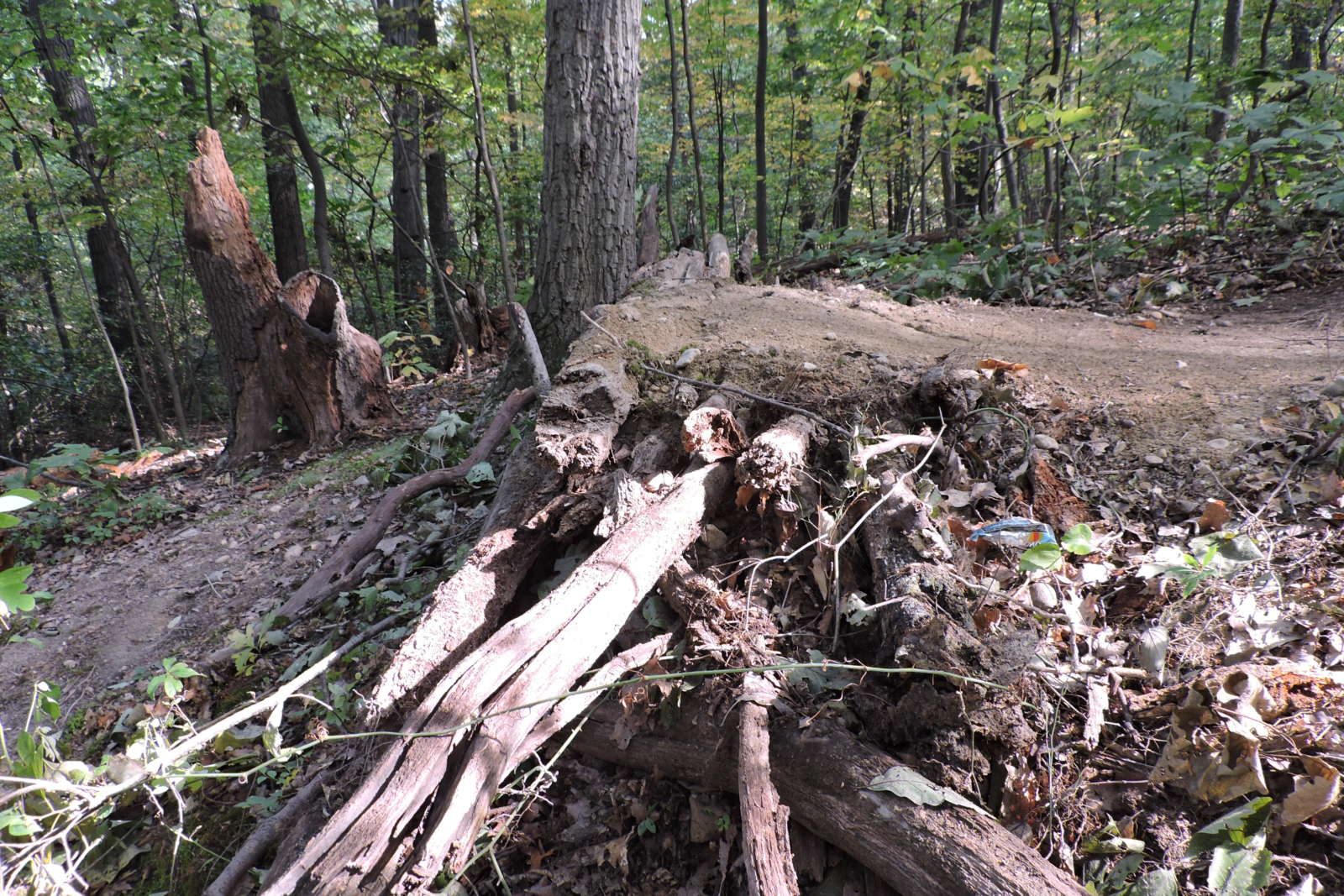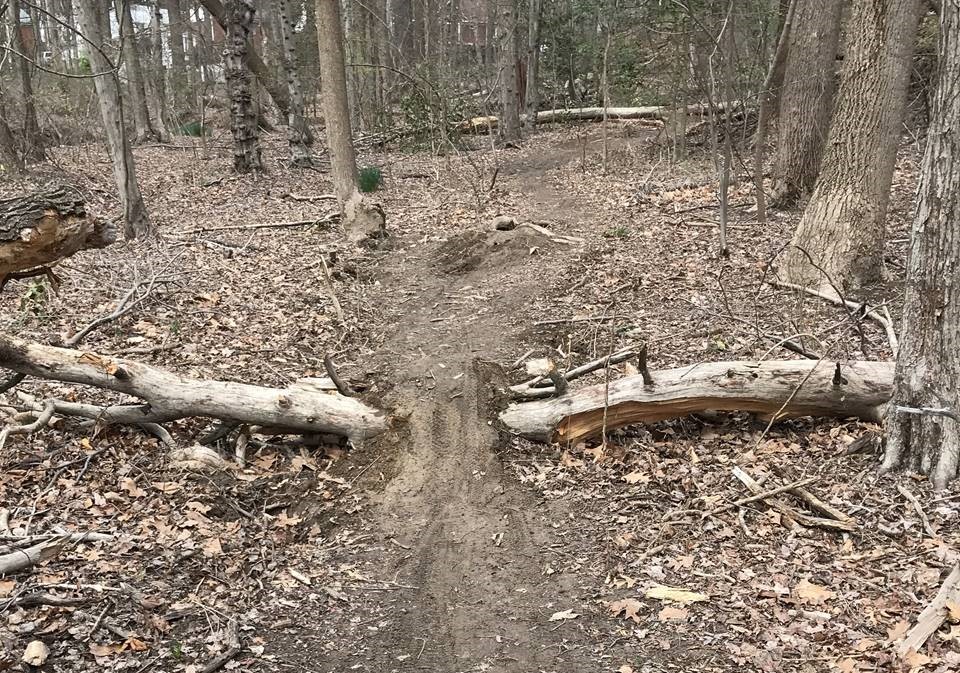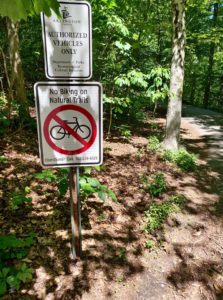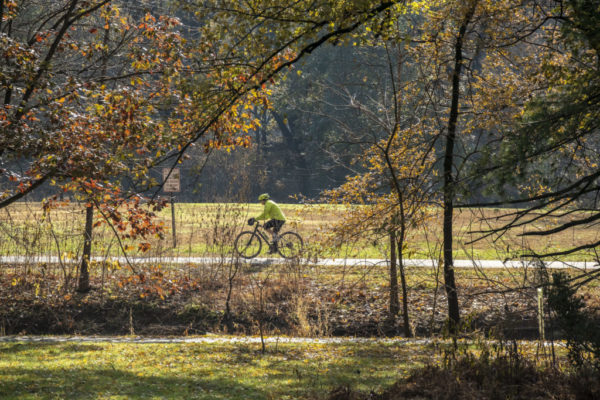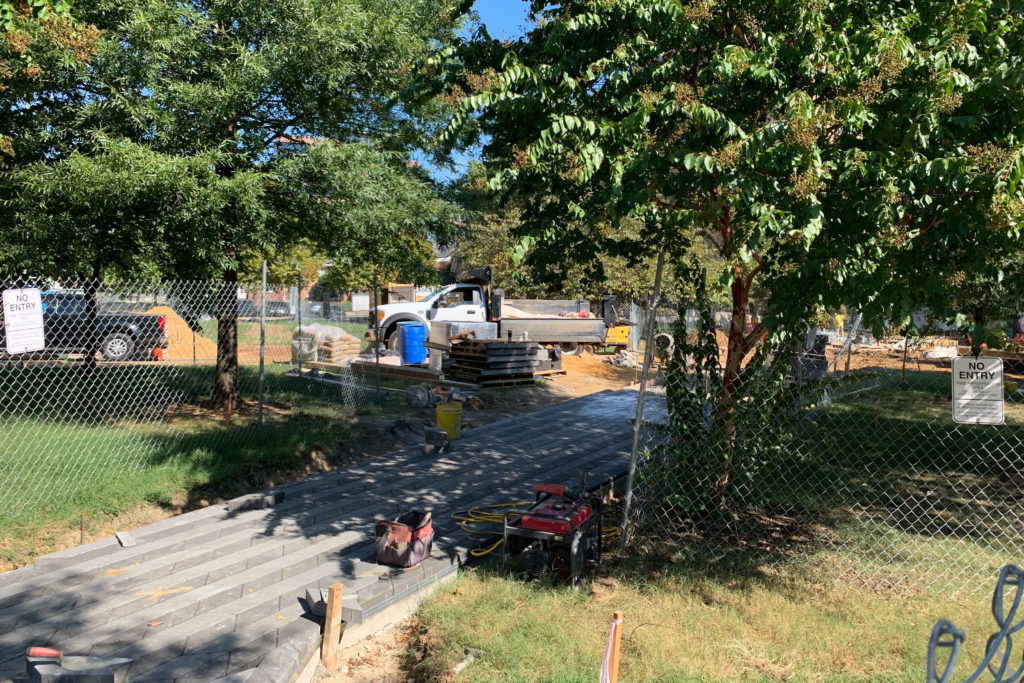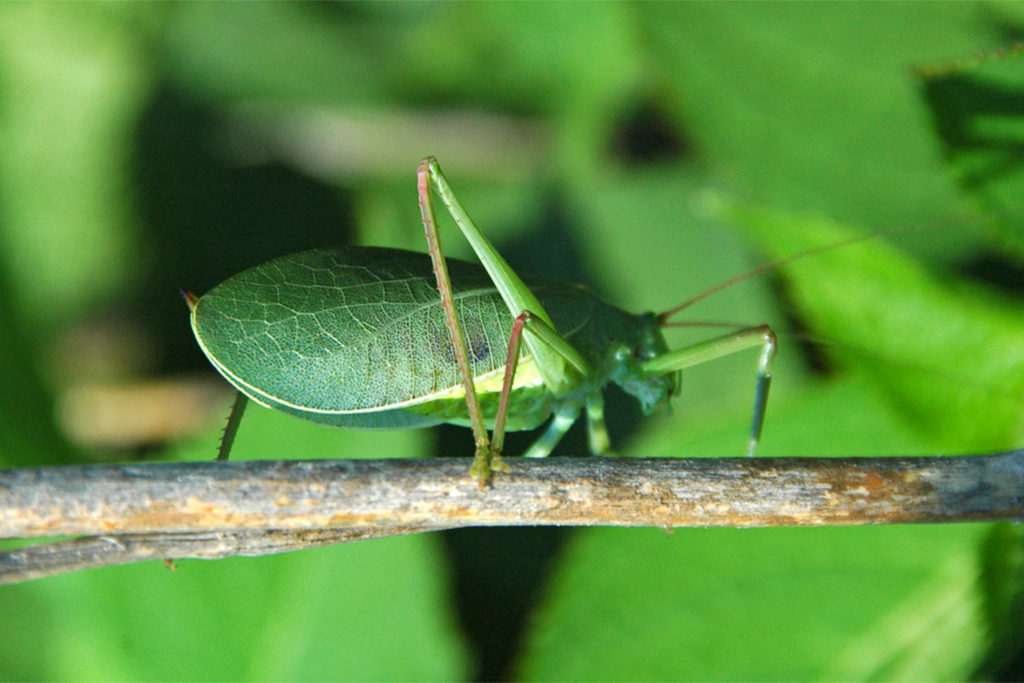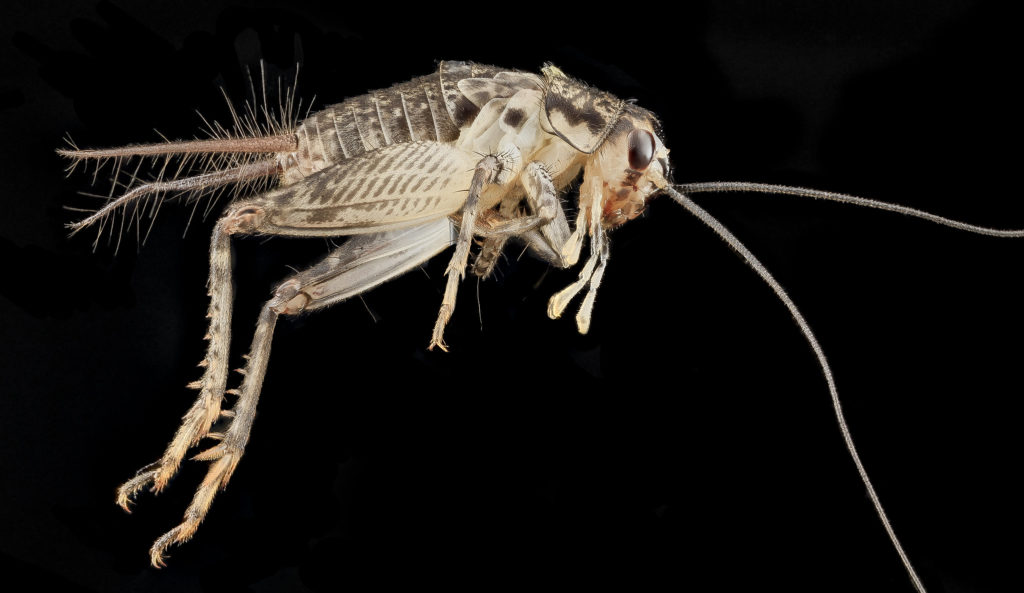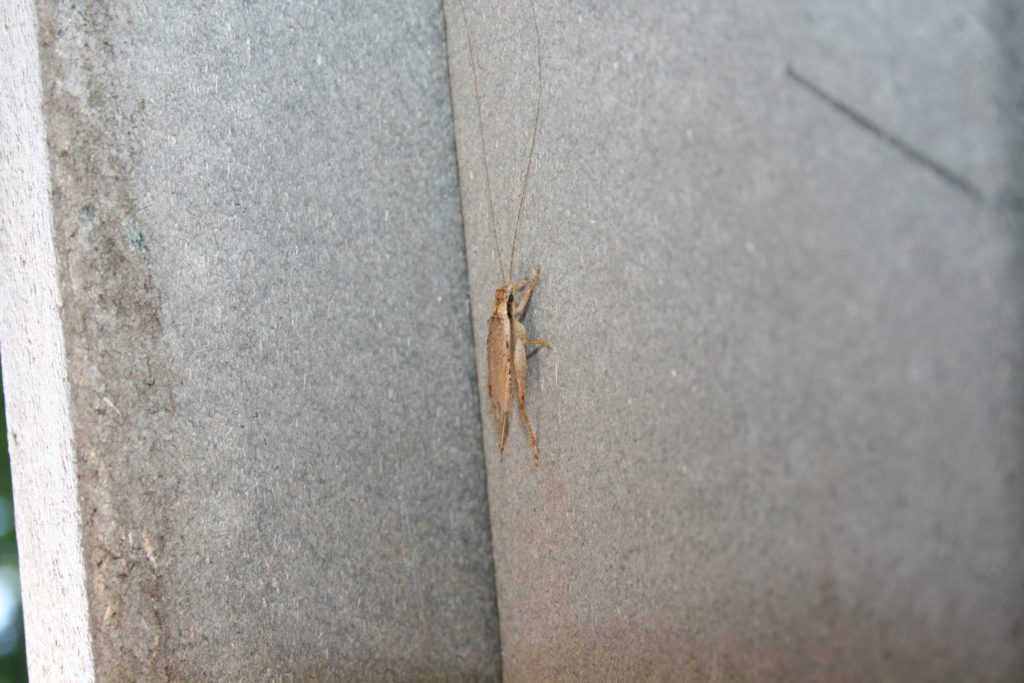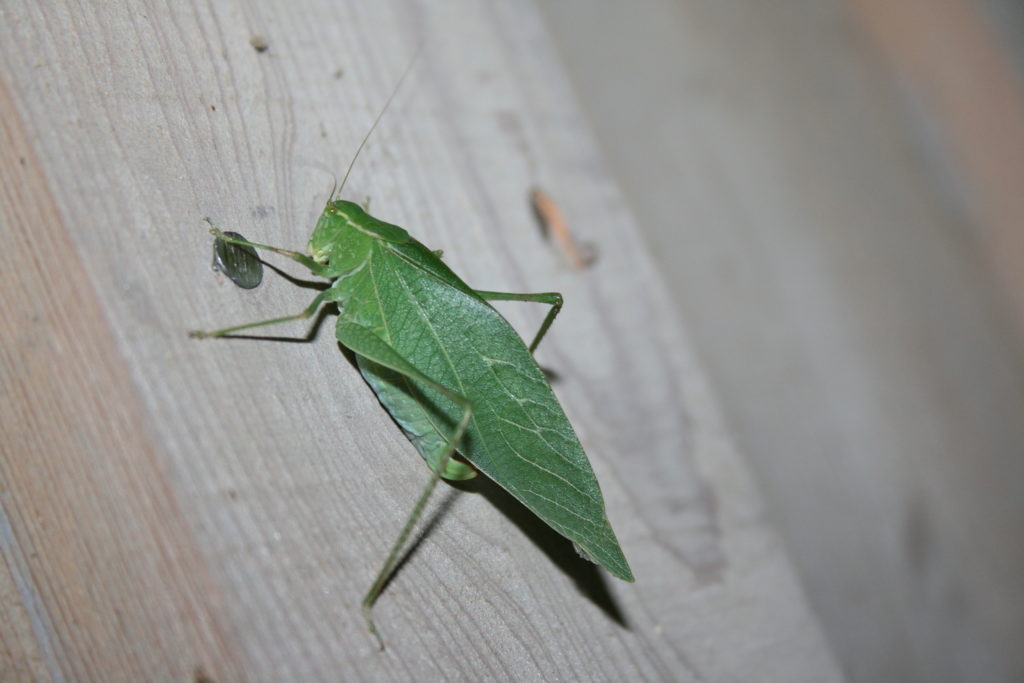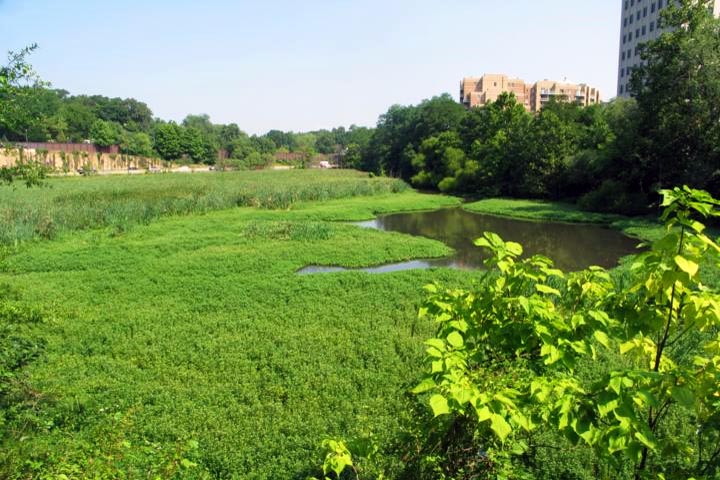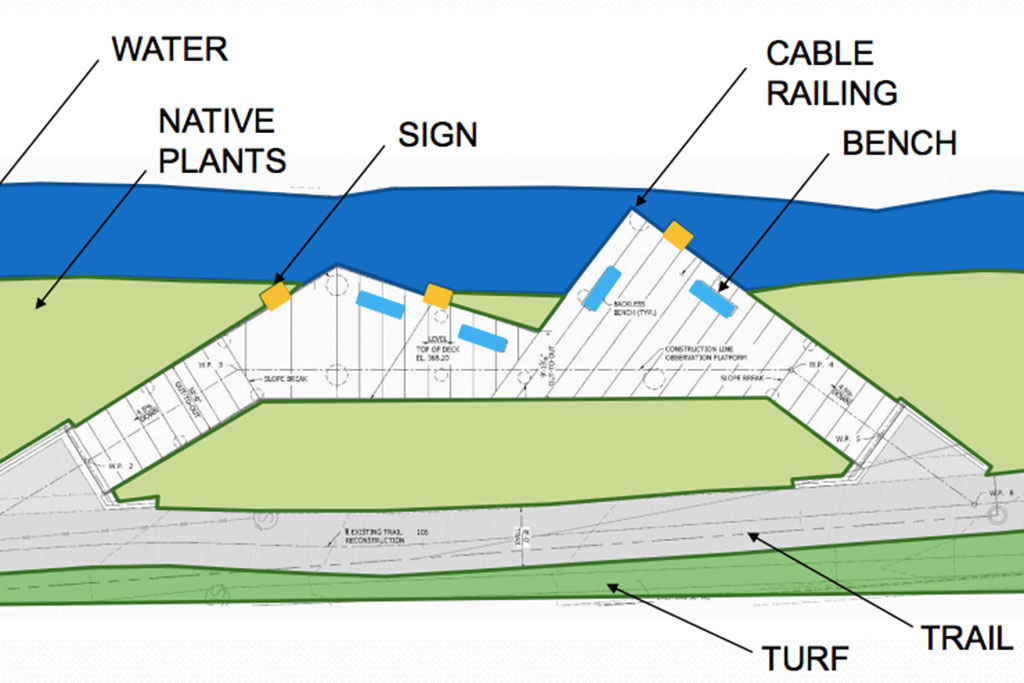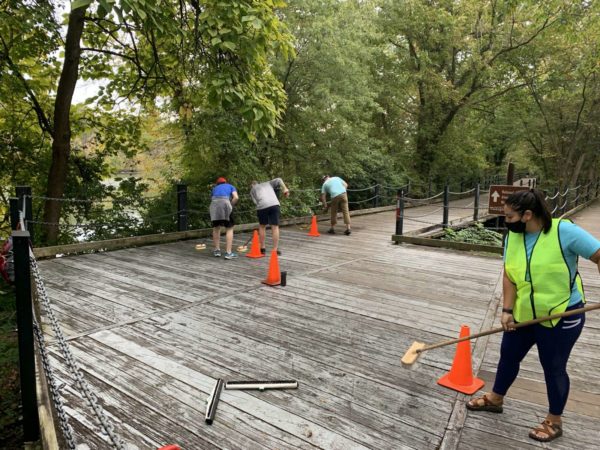
The National Landing Business Improvement District and the group Friends of Mount Vernon Trail are teaming up to help maintain the heavily-used trail.
This includes financial support from the BID for supplies and equipment, and a series of Saturday clean-up events through Jan. 22.
“We are really excited to partner with the National Landing BID to achieve our common goal of making the Mount Vernon Trail a safe and pleasant doorway to National Landing,” Judd Isbell, president of the Friends of the Mount Vernon Trail, wrote in a press release. “The BID’s sponsorship of our 2022 trail improvement events is providing vital support to purchase equipment and supplies for our volunteers.”
“We’ve had over 800 volunteers so far in 2021 and there have been times where we’ve had more volunteers than tools at our events,” Isabell added.
The sponsorship will provide resources to “better connect trail users to facilities, events and businesses in National Landing,” the nonprofit organization wrote in a blog post on Friday.
The BID declined to comment on exacts in terms of resources and funding. The sponsorship deal does appear to come with some swag, however.
Inked a sponsorship deal with National Landing. It's for Friends of the Mount Vernon Trail and not a personal sponsorship deal though. https://t.co/wmxGyNZwwv pic.twitter.com/j8cmqqWpH7
— Judd Lumberjack (@JuddLumberjack) December 10, 2021
The BID said the partnership will further its mission of making the Crystal City, Pentagon City and Potomac Yard neighborhoods a better place.
“Our wealth of green spaces and access to regional trails like the Mount Vernon Trail which boasts uninterrupted views of the D.C. skyline and stunning nature preserves, is part of what makes National Landing such an active, vibrant community,” National Landing BID president Tracy Sayegh Gabriel said.
The clean-up events began this past Saturday and will continue every week until Jan. 22. Each event will focus on a different section of the trail. For example, on New Year’s Day, volunteers will meet on the trail near the Crystal City Connector to help prune vegetation, cut tree branches, and pick up trash. Volunteers don’t need any special training and all tools will be provided.
There will also be a day of service on Jan. 17, Martin Luther King Day, in Alexandria.
“National Landing’s green spaces and direct access to trails like Mount Vernon are an integral part of our community,” wrote a National Landing BID spokesperson to ARLnow. “The National Landing BID’s mission is to support and complement our community’s exciting transformation, and that involves working with local groups, like the Friends of Mount Vernon Trail, to preserve our natural surroundings for years to come.”
The 18-mile Mount Vernon Trail runs from Mount Vernon in Fairfax County to Roosevelt Island near Rosslyn, passing by Crystal City as it parallels the GW Parkway. The trail is controlled by the National Park Service but volunteers have stepped up to keep it clean and safe for users amid sparse maintenance from the park service.


